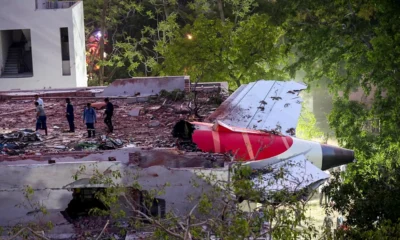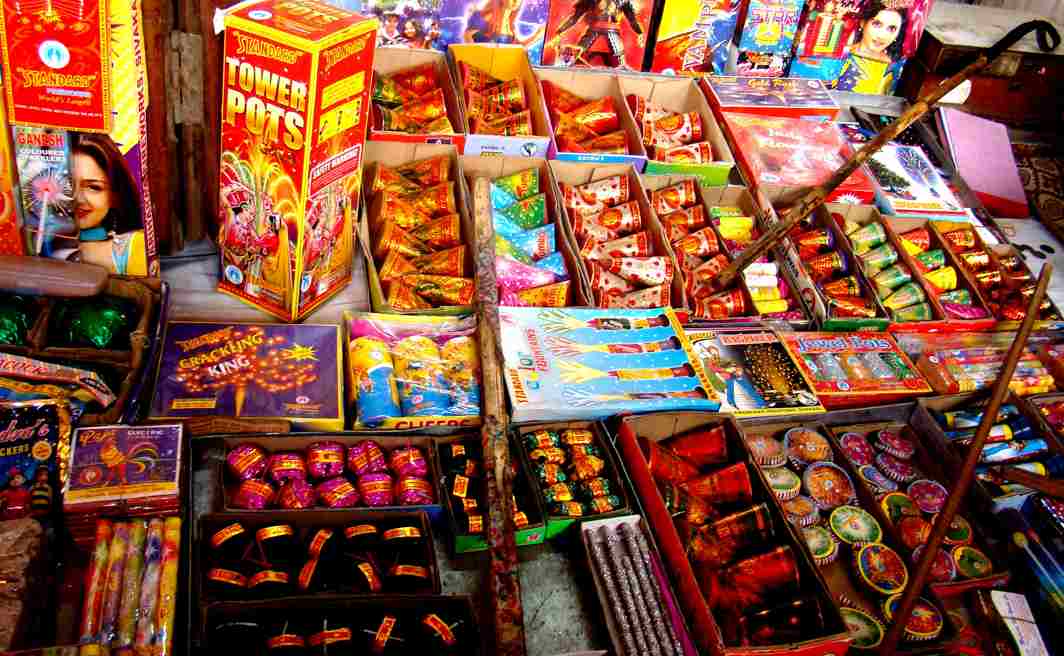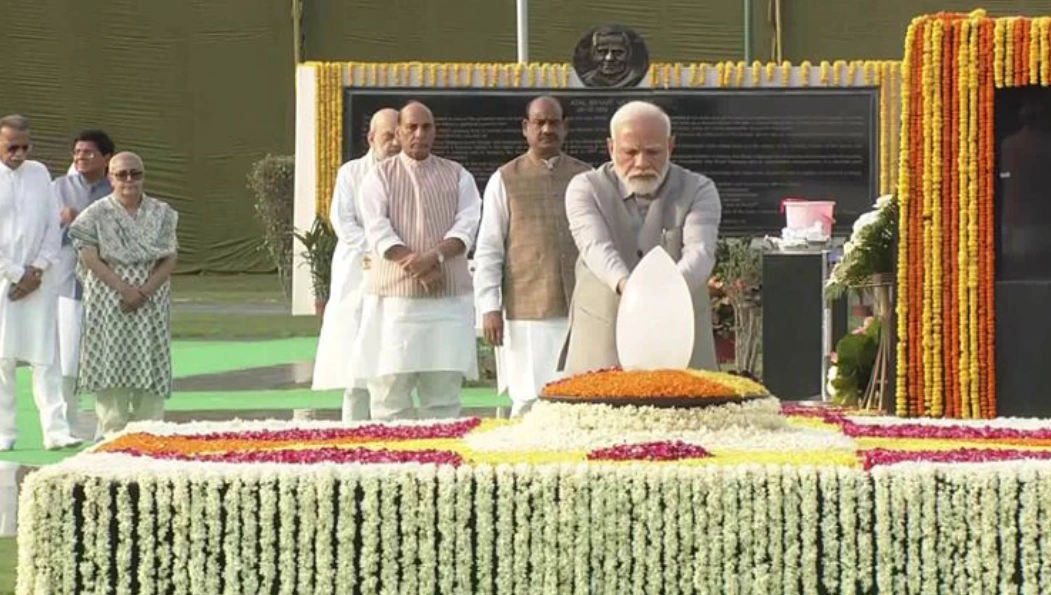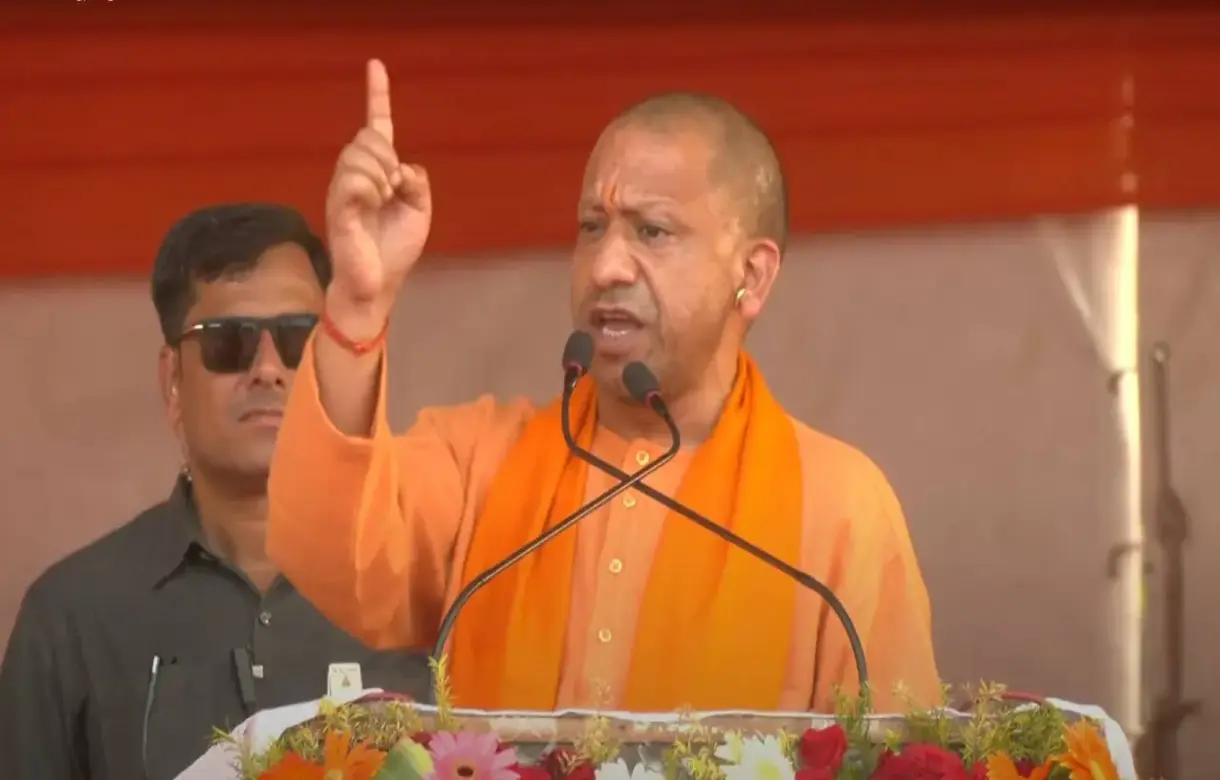Above: Supreme Court; (inset) Judge Loya
Heated arguments between Chief Justice Dipak Misra and lawyers Dushyant Dave, Indira Jaising on Day 1 of hearing in the case
A three-judge Supreme Court Bench headed by Chief Justice Dipak Misra and comprising Justices AM Khanwilkar and DY Chandrachud, on Monday (January 22) began hearing a petition that seeks an investigation into the mysterious death of special CBI judge BH Loya.
The assigning of the petition by the Chief Justice to a Bench headed by Justice Arun Mishra had, earlier this month, forced Justices J Chelameswar, Ranjan Gogoi, Madan B Lokur and Kurian Joseph to publicly protests against the ‘master of the roster’. Amid reports last week of the Bench of Justice Arun Mishra having recused itself from hearing the contentious petition, the case had been transferred to Court Number 1 of the Chief Justice last Saturday.
Judge Loya had died under mysterious circumstances on December 1, 2014 in Nagpur. At the time of his death, he was the presiding judge in the controversial Sohrabuddin Sheikh ‘fake encounter’ case in which BJP president Amit Shah was then a key accused.
On Monday, as the Bench began its hearing in the case it restrained all subordinate courts – high courts as well as trial courts – from entertaining any new petition relating to the mysterious death of Judge Loya while it also ordered that petitions related to the case currently pending in the Bombay High Court be transferred before it in the Supreme Court.
The proceedings once again saw antagonistic scenes and heated arguments between lawyers appearing for various parties in the case (senior advocate Harish Salve for the Maharashtra government, Dushyant Dave appearing for the Bombay Lawyers Association, Mukul Rohatgi and Indira Jaising representing other parties) and also with the Chief Justice.
Salve, appearing for the Maharashtra government, informed the Supreme Court that a discreet inquiry was conducted by his client to probe the death of Judge Loya and four judicial officers had concluded that there was no foul play involved. Salve also asserted that the special CBI judge had died of a cardiac arrest, a submission that senior advocate Mukul Rohatgi also concurred with during his submissions before the Bench.
Salve also submitted before the Bench a report prepared by the Maharashtra government on the death of Judge Loya, adding that these documents had also been presented before the Chief Justice of the Bombay High Court on November 23, 2017. The senior advocate also sought ot demolish claims made by the Caravan magazine which had first published an article raising questions on the circumstances in which Judge Loya died and speculating that the death was possibly a murder.
In his arguments, Salve claimed that the report filed by the judicial officers of Maharashtra on the death establish that Judge Loya had died of a cardiac arrest. He said that some other judges and a deputy registrar had accompanied Judge Loya to the hospital on the fateful day after he complained of uneasiness and that contrary to the claims made in the media report in question, there was nothing suspicious about the death of the judge at the Nagpur hospital.
However, Dushyant Dave, appearing on behalf of the Bombay Lawyers Association, contested the claims made by Dave, stating: “there are so many things which showed that he (Judge Loya) never checked in (at the hospital mentioned by Salve)” and that the security granted to Judge Loya had been withdrawn before his death.
Dave asserted that the allegations being made in the case are of a serious nature and need to be probed as he submitted: “First judge (in the Sohrabuddin Sheikh fake encounter case) was transferred, second judge (Judge Loya) was murdered and the third judge discharged him (BJP president and accused in the case Amit Shah).”
Rohatgi objected to Dave making his submissions in the case on grounds that he “is not a party in this matter” (the court was hearing the petition filed by Tehseen Poonawalla, who Dave was earlier representing but then recused himself after differences with Poonawalla over getting the case transferred from the Court of Justice Arun Mishra).
While Salve insinuated that the case was being “used” by certain individuals for possible vested interests, Dave shot back saying: “He (Salve) has destroyed the institution enough.”
As Salve and Dave engaged in a war of words, Justice Chandrachud tried to pacify the two senior advocates, saying: “There must be a sense of seriousness… this is a serious issue. You all have to assist the court.”
While Salve defended the report of the Maharashtra government on the death of Judge Loya that he had submitted before the Supreme Court, Dave hit back saying he had documents – accessed under the Right to Information – which contradict all claims made in this report.
Justice Chandrachud then said that the court would like to scrutinize every document related to the case – whether it is the report of the Maharashtra government or those being referred to by Dave. Harish Salve then asked the Bench to have Dave file his documents before the court.
Justice Chandrachud said that the court cannot decide on the matter based on reports in the newspapers over the suspicious death of Judge Loya and that it has to “look at all the circumstances of the case.”
As the Bench passed an order directing that all documents related to the case be filed with the Supreme Court and be taken on record, Dave and senior advocate Indira Jaising requested to be included as interveners in the case.
The Bench also directed for necessary orders to be issued to the Bombay High Court for transferring the cases listed before it and its Nagpur Bench in regard to Judge Loya’s death to the Supreme Court and said that the lawyers representing various parties in these cases are free to make their submission before the apex court.
At this juncture, as Harish Salve requested the court to direct petitioners in the case against making the documents – including the Maharashtra government’s report – public, Dave registered a strong protest, stating that the “entire institution is trying to save one person… Amit Shah”.
Salve objected to the name of the BJP president being dragged into the case and the inference being attached to it while he submitted that “we don’t have any record which shows that he (Judge Loya) was murdered… taking the name (of Amit Shah) in the court is not right.”
As Salve and Dave continued their verbal duel, Justice Khanwilkar urged the lawyers to not cast aspersions on individuals or on Amit Shah as he is not a party in the case.
Senior lawyer Jaising perhaps interpreted the court’s remark as an order against dissemination of information contained in the documents submitted before the Bench and dubbed the remark as being akin to gagging the media.
Referring to the Supreme Court’s recent verdict of not staying the release or upholding the ban imposed on the screening of the Deepika Padukone-starrer Padmaavat, Jaising burst into an argument, stating: “this court passed the Padmavati order to uphold freedom of speech and expression for media and now the court is telling the press to not report on this case.”
Jaising’s outburst was met with an immediate reprimand from Chief Justice Dipak Misra who shouted at the senior advocate, telling her that the court was hearing a petition on the need for an investigation into the suspicious death of a judge and not to examine freedom of speech and expression of the press. Jaising later apologised for her conduct.
The Bench then adjourned the proceedings till February 2.


 Latest world news13 hours ago
Latest world news13 hours ago
 India News18 hours ago
India News18 hours ago
 India News17 hours ago
India News17 hours ago
 Latest world news10 hours ago
Latest world news10 hours ago
 India News17 hours ago
India News17 hours ago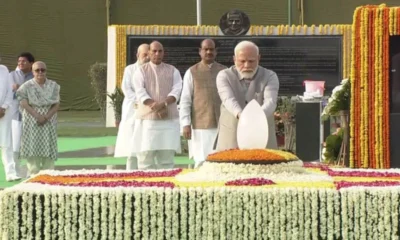
 India News17 hours ago
India News17 hours ago



